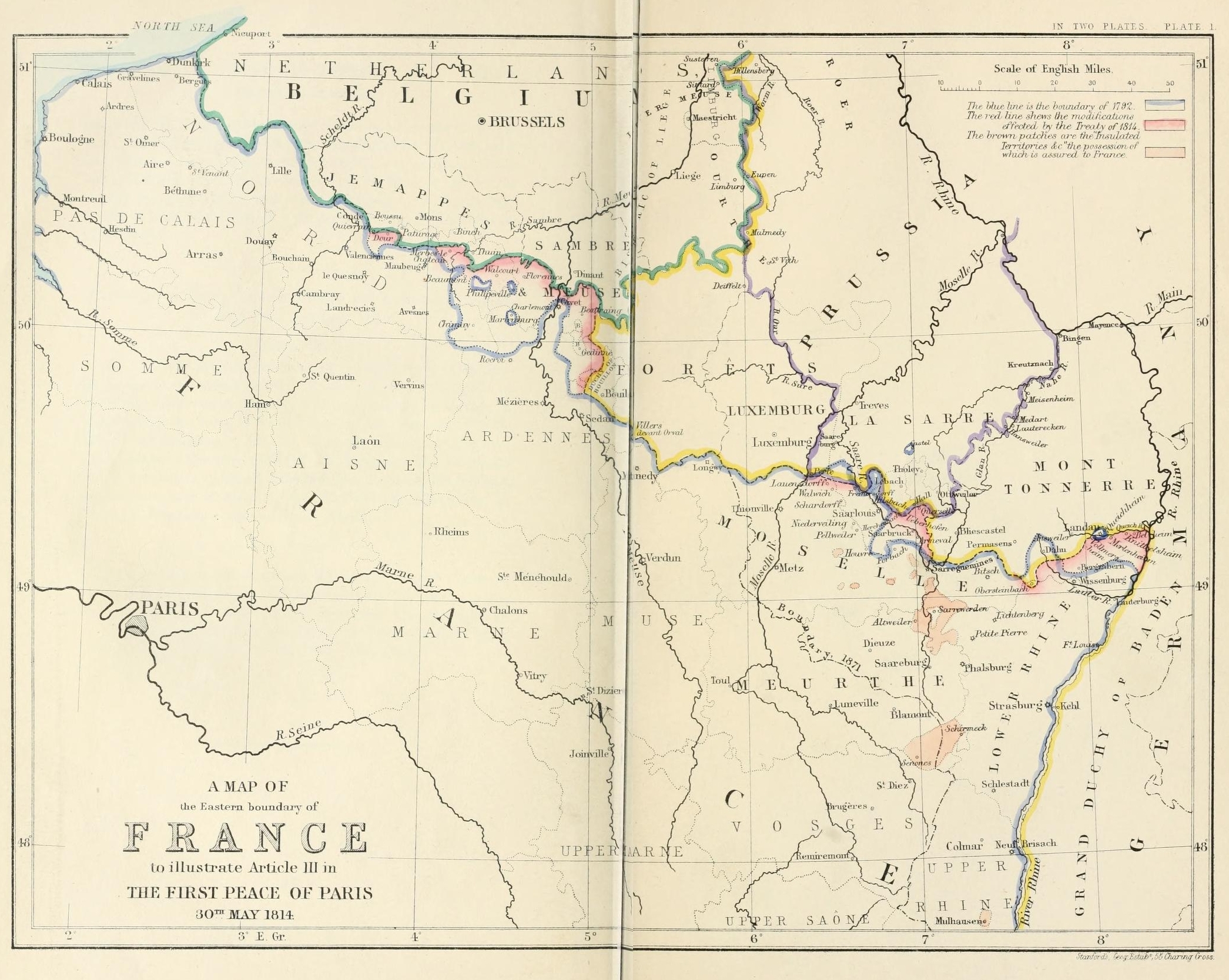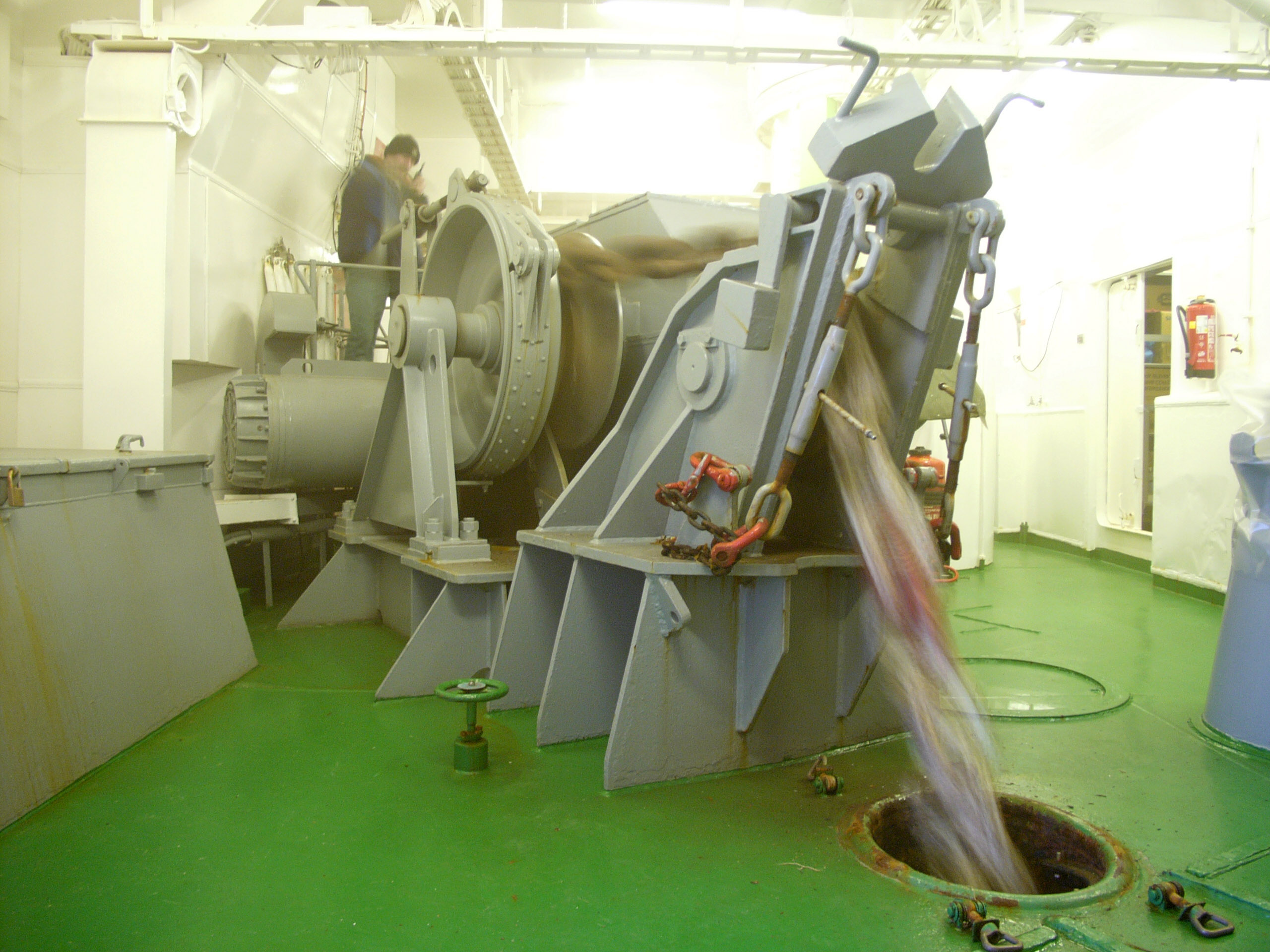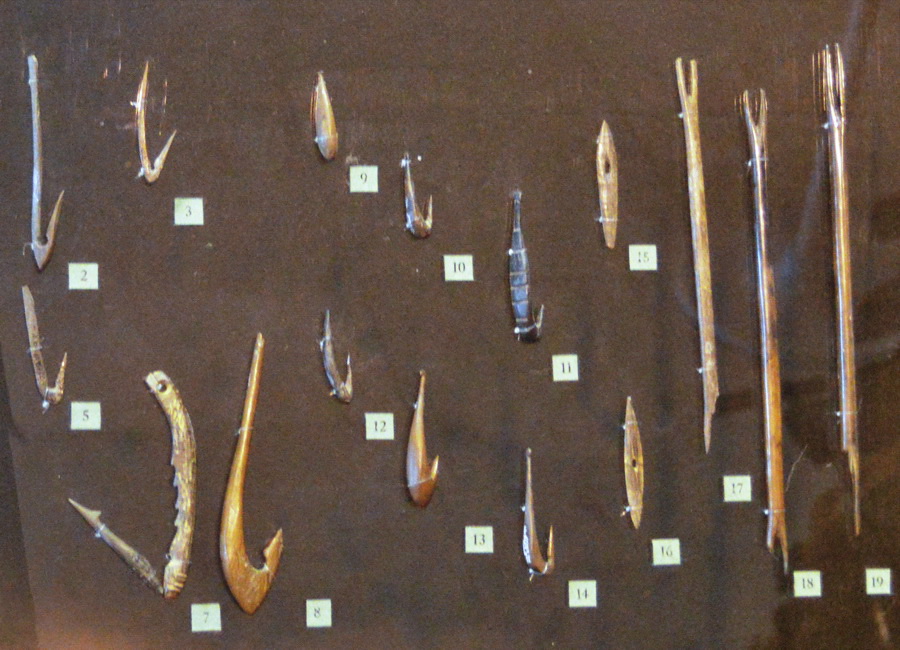|
Braamspunt
Braamspunt is a nature reserve, fishing village, and a former Outpost (military), military outpost in the Johan & Margaretha resort of the Commewijne District of Suriname. Braamspunt is the most western point of the Commewijne District at the combined mouth of the Suriname River, Suriname and Commewijne River. The capital Paramaribo is located to the south of Braamspunt. The name is a corruption of Byam's Point which refers William Byam (colonialist), William Byam who was a quartermaster of Francis Willoughby, 5th Baron Willoughby of Parham, Willoughby. History After Fort Nieuw-Amsterdam was constructed in 1747, a redoubt was created at Braamspunt to aid in the defence of the Surinam (Dutch colony), Colony of Suriname. Even though Napoleon Bonaparte did not officially annex the Netherlands until 1806. Great Britain considered it a puppet state and started to eye the colonies. In 1804, the Royal Navy arrived in Suriname with 2,000 soldiers. The redoubts Braamspunt and Leiden quickl ... [...More Info...] [...Related Items...] OR: [Wikipedia] [Google] [Baidu] |
William Byam (colonialist)
William Byam (died 1672) was an English colonist, politician, and agriculturalist who lived during the periods of the English Civil Wars, Interregnum, and Restoration. He was active in English and Barbadian politics, and played a critical role in establishing and governing a short-lived English colony in what is now Suriname. The village of Braamspunt (a corruption of 'Byam's Point') is named after him. Early life, English Civil War, and Barbados William Byam was born in the 1620s to a Somerset family. He was educated at Trinity College, Dublin. Fighting on the side of the Royalists in the English Civil War, he was captured following the fall of Bridgwater to the Roundheads in 1645. Following this defeat he relocated to the Caribbean, like many other Cavaliers at the time. Settling in Barbados, he was described as a "known malignant" by the Roundhead government in London. Barbados had remained neutral in the civil war. However, the execution of Charles I of England bro ... [...More Info...] [...Related Items...] OR: [Wikipedia] [Google] [Baidu] |
Suriname River
The Suriname River ( Dutch: ''Surinamerivier'') is long and flows through the country of Suriname. Its sources are located in the Guiana Highlands on the border between the Wilhelmina Mountains and the Eilerts de Haan Mountains (where it is known as the Gran Rio). The source of the Upper Suriname River is at the confluence of the Gran Rio and Pikin Rio near the village of Goddo. The river continues shortly after the reservoir along Brokopondo as the Lower Suriname River. Than it flows Berg en Dal, the migrant communities Klaaskreek and Nieuw-Lombé, Jodensavanne, Carolina, Ornamibo and Domburg, before reaching the capital Paramaribo on the left bank and Meerzorg on the right bank. At Nieuw-Amsterdam it is joined by the Commewijne and immediately thereafter at the sandspit Braamspunt it flows into the Atlantic Ocean. The river has several sets of rapids as well as a few dams, the largest of which is the Afobaka Dam. The river's flow is interrupted by the Brokopondo ... [...More Info...] [...Related Items...] OR: [Wikipedia] [Google] [Baidu] |
Galibi Nature Reserve
Galibi is a resort in Suriname, located in the Marowijne District. Its population at the 2012 census was 741. Galibi is a tribal area inhabited by an indigenous population of Kalina Amerindians. The town of Alusiaka used to be located near the banks of the Marowijne River. The Dutch West India Company was given 500 hectares to grow coconuts; but, because of their mistreatment of the workers, the town was abandoned. In 1871 a 60-metre lighthouse was built near the entrance of the Marowijne; it was operated until 2012. Christiaankondre The village of Christiaankondre is located along the estuary of the Marowijne River. Together with neighbouring Langamankondre, it is often referred to as Galibi. The village has been named after Christiaan Pané whose father founded the village in the late 17th century. The economy is based on fishing, subsistence farming, and tourism. The village has a school, a clinic, and a little zoo. Corneliskondre is the larger of the two settlements. The villa ... [...More Info...] [...Related Items...] OR: [Wikipedia] [Google] [Baidu] |
Johan & Margaretha
Johan & Margaretha or sometimes just Margaretha is a resort in Suriname, located in the Commewijne District. Its population at the 2012 census was 756. It is located along a peninsula northeast of Paramaribo. It is named after the coffee plantation Johan & Margaretha which was founded in 1745 by Johan Knöffel. It is safe to assume that his wife was called Margaretha. The resort has a clinic and a school. The nature reserve of Braamspunt is located in the Johan & Margaretha resort. The resort of Margaretha can only be reached by boat. Frederiksdorp Frederiksdorp (Sranan Tongo: Pikin Knuffel) is a village and former coffee and cocoa plantation located next to Johan & Margareta. Both plantations were owned by Johan Frederik Knöffel. In 2004, the plantation became a historical monument. Frederikdorp is located on the Commewijne River and has a ferry connection to Mariënburg. Frederiksdorp covers an area of 300 hectares, has beaches, and mangrove A mangrove is a shrub or tre ... [...More Info...] [...Related Items...] OR: [Wikipedia] [Google] [Baidu] |
Race For Survival
Race, RACE or The Race may refer to: * Race (biology), an informal taxonomic classification within a species, generally within a sub-species * Race (human categorization), classification of humans into groups based on physical traits, and/or social relations * Racing, a competition of speed Rapid movement * The Race (yachting race) * Mill race, millrace, or millrun, the current of water that turns a water wheel, or the channel (sluice) conducting water to or from a water wheel * Tidal race, a fast-moving tide passing through a constriction Acronyms * RACE encoding, a syntax for encoding non-ASCII characters in ASCII * Radio Amateur Civil Emergency Service, in the US, established in 1952 for wartime use * Rapid amplification of cDNA ends, a technique in molecular biology * RACE (Remote Applications in Challenging Environments), a robotics development center in the UK * RACE Racing Academy and Centre of Education, a jockey and horse-racing industry training centre in Kildare to ... [...More Info...] [...Related Items...] OR: [Wikipedia] [Google] [Baidu] |
Royal Navy
The Royal Navy (RN) is the naval warfare force of the United Kingdom. It is a component of His Majesty's Naval Service, and its officers hold their commissions from the King of the United Kingdom, King. Although warships were used by Kingdom of England, English and Kingdom of Scotland, Scottish kings from the early Middle Ages, medieval period, the first major maritime engagements were fought in the Hundred Years' War against Kingdom of France, France. The modern Royal Navy traces its origins to the English Navy of the early 16th century; the oldest of the British Armed Forces, UK's armed services, it is consequently known as the Senior Service. From the early 18th century until the World War II, Second World War, it was the world's most powerful navy. The Royal Navy played a key part in establishing and defending the British Empire, and four Imperial fortress colonies and a string of imperial bases and coaling stations secured the Royal Navy's ability to assert naval superior ... [...More Info...] [...Related Items...] OR: [Wikipedia] [Google] [Baidu] |
Congress Of Vienna
The Congress of Vienna of 1814–1815 was a series of international diplomatic meetings to discuss and agree upon a possible new layout of the European political and constitutional order after the downfall of the French Emperor Napoleon, Napoleon Bonaparte. Participants were representatives of all European powers (other than the Ottoman Empire) and other stakeholders. The Congress was chaired by Austrian Empire, Austrian statesman Klemens von Metternich, and was held in Vienna from September 1814 to June 1815. The objective of the Congress was to provide a long-term peace plan for Europe by settling critical issues arising from the French Revolutionary Wars and the Napoleonic Wars through negotiation. The goal was not simply to restore old boundaries, but to resize the main powers so they could European balance of power, balance each other and remain at peace, being at the same time shepherds for the smaller powers. More generally, conservative leaders like Metternich also soug ... [...More Info...] [...Related Items...] OR: [Wikipedia] [Google] [Baidu] |
Treaty Of Paris (1814)
The Treaty of Paris, signed on 30 May 1814, ended the war between France and the Sixth Coalition, part of the Napoleonic Wars, following an armistice signed on 23 April between Charles, Count of Artois, and the allies. The treaty set the borders for France under the House of Bourbon and restored territories to other nations. It is sometimes called the First Peace of Paris, as another one followed in 1815. Background Parties to the treaty This treaty was signed on 30 May 1814, following an armistice signed on 23 April 1814 between Charles of Bourbon, Count of Artois, as Lieutenant General of the Realm, and the allies. Napoleon had abdicated as Emperor on 6 April, as a result of negotiations at Fontainebleau. Peace talks had started on 9 May between Talleyrand, who negotiated with the allies of Chaumont on behalf of the exiled Bourbon king Louis XVIII of France, and the allies. The Treaty of Paris established peace between France and Great Britain, Russia, Austria, and Pr ... [...More Info...] [...Related Items...] OR: [Wikipedia] [Google] [Baidu] |
Anchor
An anchor is a device, normally made of metal, used to secure a vessel to the bed of a body of water to prevent the craft from drifting due to wind or current. The word derives from Latin ', which itself comes from the Greek (). Anchors can either be temporary or permanent. Permanent anchors are used in the creation of a mooring, and are rarely moved; a specialist service is normally needed to move or maintain them. Vessels carry one or more temporary anchors, which may be of different designs and weights. A sea anchor is a drag device, not in contact with the seabed, used to minimize drift of a vessel relative to the water. A drogue is a drag device used to slow or help steer a vessel running before a storm in a following or overtaking sea, or when crossing a bar in a breaking sea. Anchoring Anchors achieve holding power either by "hooking" into the seabed, or weight, or a combination of the two. The weight of the anchor chain can be more than that of ... [...More Info...] [...Related Items...] OR: [Wikipedia] [Google] [Baidu] |
Nature Reserve
A nature reserve (also known as a wildlife refuge, wildlife sanctuary, biosphere reserve or bioreserve, natural or nature preserve, or nature conservation area) is a protected area of importance for flora, fauna, funga, or features of geological or other special interest, which is reserved and managed for purposes of Conservation (ethic), conservation and to provide special opportunities for study or research. They may be designated by government institutions in some countries, or by private landowners, such as charities and research institutions. Nature reserves fall into different IUCN protected area categories, IUCN categories depending on the level of protection afforded by local laws. Normally it is more strictly protected than a nature park. Various jurisdictions may use other terminology, such as ecological protection area or private protected area in legislation and in official titles of the reserves. History Cultural practices that roughly equate to the establishmen ... [...More Info...] [...Related Items...] OR: [Wikipedia] [Google] [Baidu] |
Fishing
Fishing is the activity of trying to catch fish. Fish are often caught as wildlife from the natural environment (Freshwater ecosystem, freshwater or Marine ecosystem, marine), but may also be caught from Fish stocking, stocked Body of water, bodies of water such as Fish pond, ponds, canals, park wetlands and reservoirs. Fishing techniques include trawling, Longline fishing, longlining, jigging, Fishing techniques#Hand-gathering, hand-gathering, Spearfishing, spearing, Fishing net, netting, angling, Bowfishing, shooting and Fish trap, trapping, as well as Destructive fishing practices, more destructive and often Illegal, unreported and unregulated fishing, illegal techniques such as Electrofishing, electrocution, Blast fishing, blasting and Cyanide fishing, poisoning. The term fishing broadly includes catching aquatic animals other than fish, such as crustaceans (shrimp/lobsters/crabs), shellfish, cephalopods (octopus/squid) and echinoderms (starfish/sea urchins). The term is n ... [...More Info...] [...Related Items...] OR: [Wikipedia] [Google] [Baidu] |
Netherlands
, Terminology of the Low Countries, informally Holland, is a country in Northwestern Europe, with Caribbean Netherlands, overseas territories in the Caribbean. It is the largest of the four constituent countries of the Kingdom of the Netherlands. The Netherlands consists of Provinces of the Netherlands, twelve provinces; it borders Germany to the east and Belgium to the south, with a North Sea coastline to the north and west. It shares Maritime boundary, maritime borders with the United Kingdom, Germany, and Belgium. The official language is Dutch language, Dutch, with West Frisian language, West Frisian as a secondary official language in the province of Friesland. Dutch, English_language, English, and Papiamento are official in the Caribbean Netherlands, Caribbean territories. The people who are from the Netherlands is often referred to as Dutch people, Dutch Ethnicity, Ethnicity group, not to be confused by the language. ''Netherlands'' literally means "lower countries" i ... [...More Info...] [...Related Items...] OR: [Wikipedia] [Google] [Baidu] |




